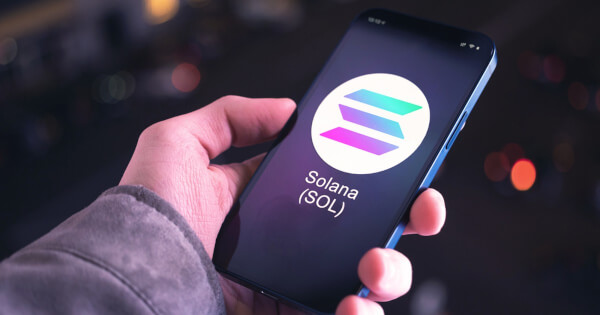In an effort to increase both its scalability and its dependability, the communications protocol Helium Network has set the date of March 27 as the target for its transfer to the Solana blockchain and the deployment of Oracles.
The current iteration of the Helium blockchain will be put on hold on March 27, as stated in a blog post that was published on the 17th of February. This transition time will last for twenty-four hours. The operations related to proof-of-coverage and data transmission will not be disrupted in any way. In order to manage the relocation process, a working committee comprised of community volunteers is now being organized. The Helium development team has issued the following statement on the upcoming update: “This upgrade will include all wallets, Hotspots, and Helium Network state. It will be place during a 24-hour transition period beginning at around 1500 UTC / 10:00 AM ET.”
When the chain is stopped, validators won’t produce new blocks, and transactions won’t be synchronized. The company said that following the transfer of all accounts and tokens to the Solana blockchain, a final snapshot of the blockchain will be taken, and Hotspots will be created as nonfungible tokens (NFTs).” Take note that when the transition time is finished, any incentives that were minted as a result of Proof-of-Coverage actions carried out over the previous twenty-four hours may be redeemed for Helium Wallet tokens. Oracles will bring current balances that may be claimed up to date, and Hotspot Owners will have access to the new claim function.”
To participate in the update, token holders of HNT and MOBILE will not be required to perform any more actions on their end. The same holds true for the majority of owners of Hotspots, while owners of big fleets may be able to test certain claim capabilities or design bespoke wallet solutions.
On September 22nd, the community voted in favor of HIP-70 with a higher than eighty percent acceptance rate, which made the relocation to Solana possible. The developers at the time emphasized that one of the advantages of the move would be an increase in the amount of its native currency that would be accessible to subDAO reward pools, an improvement in mining, and more dependable data transmission and ecosystem support.
Also in September of the previous year, Nova Labs, the company that developed Helium, announced that it had reached an agreement with the American telecommunications provider T-Mobile to launch a crypto-powered mobile service that would enable subscribers to earn crypto rewards for sharing data about the quality of coverage and for contributing to the identification of Helium dead-spot locations across the country.
